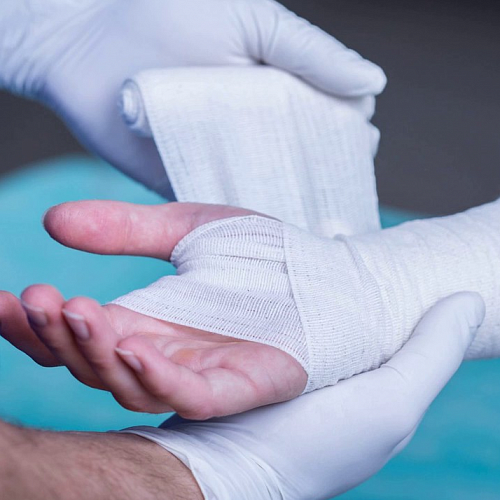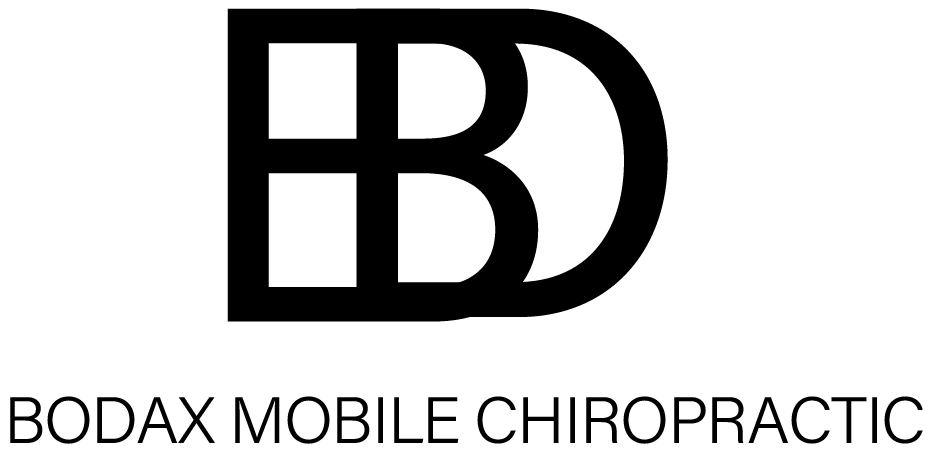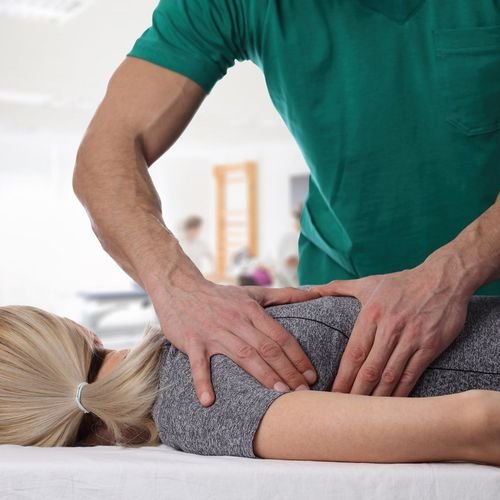
Chiropractic Adjustments
I use a portable Thuli chiropractic table, which includes multiple “drop” levels for gentle adjustments. For patients who prefer a more traditional osseous adjustment (the kind that produces a “pop” sound), I am trained in the Gonstead method—an approach that is biomechanically sound and highly effective.
In cases of severe pain, reduced bone density, or simply based on patient preference, I offer various techniques designed to reduce pain and restore movement in areas of spinal fixation.
Together, we will determine whether a chiropractic adjustment is appropriate. What I can promise is this: I will never betray your trust or perform any adjustment that hasn’t been clearly explained and approved by you.
Soft Tissue Therapy
The spine and skeleton are obviously held together by soft tissue – muscles, tendon, and ligaments. Adjusting the spine without addressing all of these components makes achieving stability and long lasting pain relief unlikely. All visits include some soft tissue work, either with my hands or using GRASTON stainless steel instruments, to break up adhesions and reduce muscle spasms and trigger points.
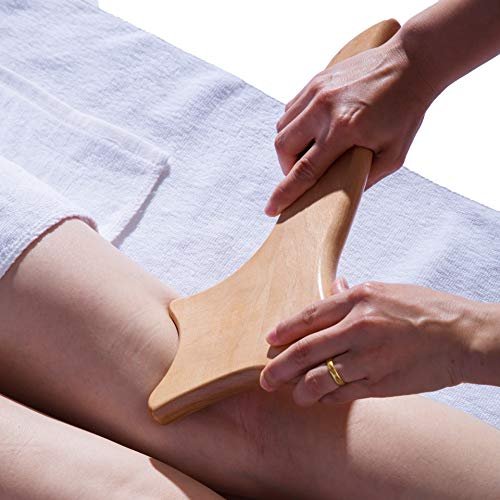
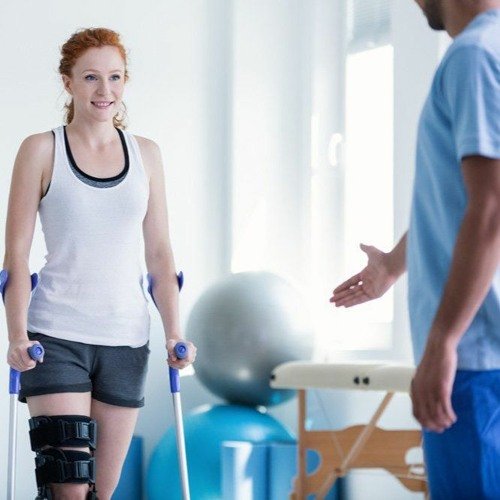
Rehab Exercises
Visits also include time spent on spinal stabilization exercises, core strengthening exercises, and various stretches. These rehabilitative exercises and maneuvers will help to facilitate the adjustment by maintaining movement of the spine, and providing essential strengthening to the core muscles of the abdomen, pelvis, and lower back. This is also a great time to discuss and address any ergonomic concerns, like in the office place (chairs, desks, keyboards), while driving, and during sleep (mattrass selection, pillows).
Because movement is so critical for our survival, all of the joints of our body are “lined” with nerve fibers called “mechanoreceptors” - which literally detect and monitor movement.
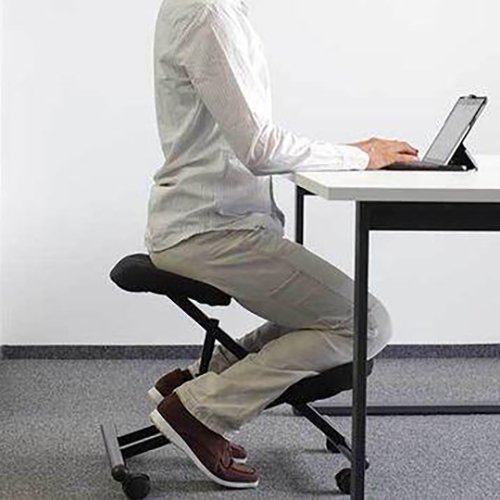

We have a part of our nervous system that constantly checks to make sure that all of our joints are moving well. And when we aren’t moving well, a stress response is elicited that is no different from that caused by emotional stress.
You might want to read that last sentence again. Lack of movement causes a hormonal stress response. And unless you’ve been living under a rock, you’re aware that chronic, unchecked stress leads to health problems.
These two FACTS are the reasons why chiropractic care is beneficial to your health...and everyone's health. Lack of movement in the spine can and will lead to pain…but the ramifications of fixation in the spine are far greater than simple pain. Lack of motion in the spine leads to arthritic degeneration and .
